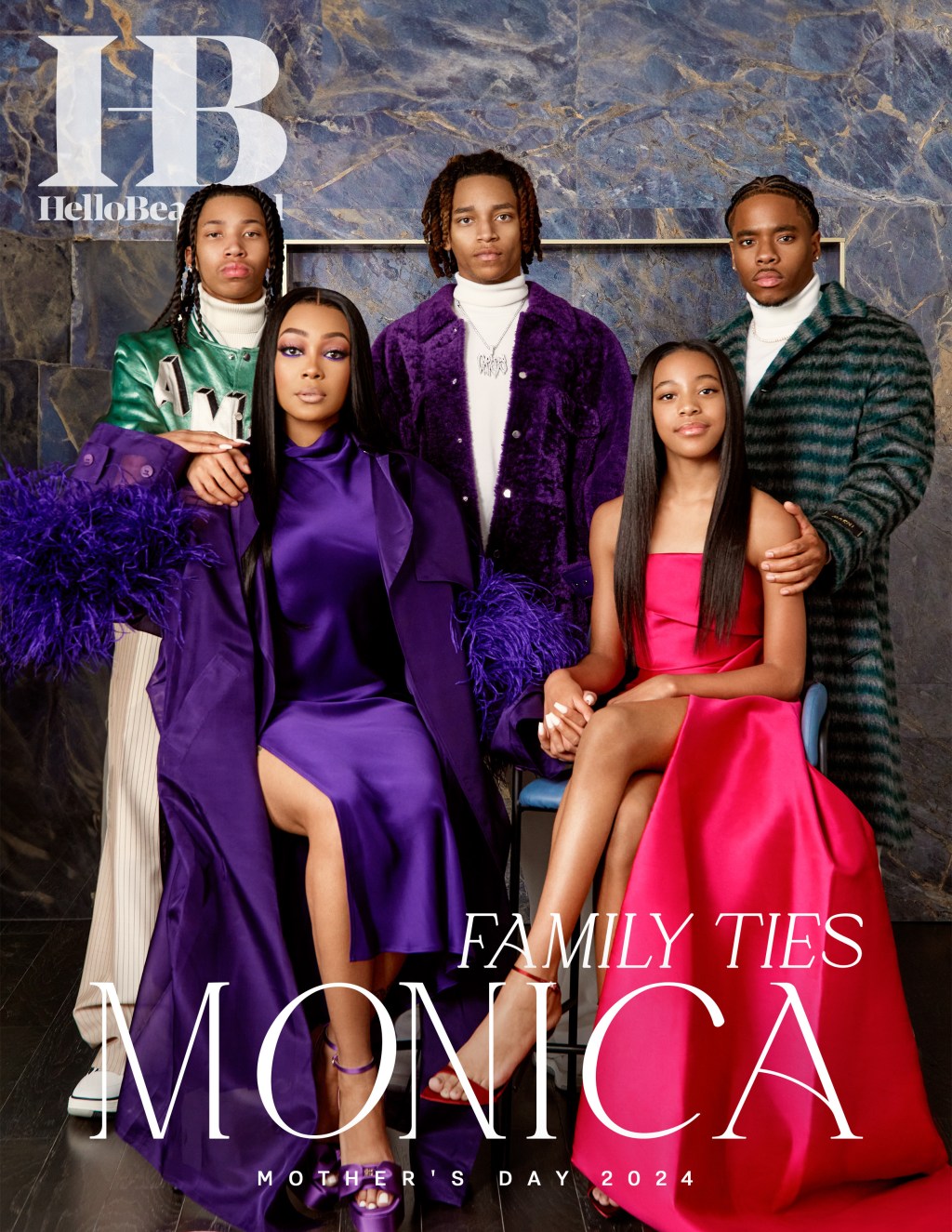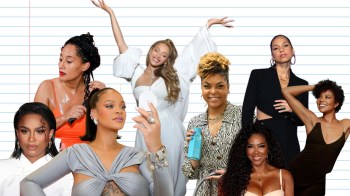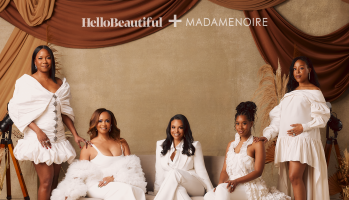For my mother, healing is less of an action and more of an instinct. As a stay at home mom, she was a caretaker for her family— nuclear and extended— for nearly ten years. For as long as I can remember, there had been no cut left without a band-aid, no fever left unsettled, and no trip to the hospital without her ready at the bedside.
Some years down the road, she finally decided to do something for herself. When she was 38 years old, she made one of her biggest lifelong dreams come true by getting her nursing degree. I still remember crying tears of joy and pride as she walked up the aisle at her pinning ceremony and took an oath to keep her patients’ health her top priority. A promise so personal, but still so selfless — this is the epitome of who she is and what every health care provider should be.
But at the very young age of 45 years old, my mother joined the ranks of nearly 44 million American women who are living with some form of heart disease. One thing doctors always comment on is how young she is for her health to deteriorate at such an unnatural rate. But statistics from the American Heart Association show that Latinas are likely to develop heart disease ten years earlier than white women. To quite literally add insult to injury, she was diagnosed with two types — coronary artery disease and peripheral artery disease.
Having a loved one with a chronic disease is scary no matter how you cut it. For the next five years, our visits to the hospital would become more frequent, as stents placements (and replacements) were a fearful, tri-annual event. But without a doubt, some of the most terrifying and frustrating moments came when the doctors who claimed to have her best interest at heart tried to tell her that she was exaggerating the amount of pain that she had.
But at the very young age of 45 years old, my mother joined the ranks of nearly 44 million American women who are living with some form of heart disease.
I attend doctor’s appointments with my mom sometimes when I can take off work. Almost every occurrence is heartbreakingly similar. I listen to my mom list off every symptom concurrent with an artery blockage, tell them she’s doing everything right as far as eating and exercise habits. They usually recommend a test in order to see if there’s a blockage. My mother promptly responds that those tests don’t work for her and that she has had blockages countless times that have gone undetected because of those tests. The doctor gets frustrated and insists on them anyway. She goes through with them. No blockages show up and the doctors flippantly say she needs to do more exercise and have her go home.
Within two weeks to a month, we’d usually be in the emergency room and they’d find a nearly 100% blockage in one of her arteries. Three of these times she’s had a heart attack. The doctors would just shrug and not even apologize for misdiagnosing her.
It baffles me to this day that doctors could not only dismiss my mother’s complaints as a patient and a Registered Nurse herself. But unfortunately, she’s not the only one with this experience. Researchers from The University of Leeds and the British Heart Foundation claim women are dying from heart attacks at an increasing rate because doctors aren’t as likely to believe them about their symptoms in comparison to men. A study from the Public Library of Science has also proven that due to the racial empathy gap, medical personnel assume that people of color feel less pain than white people and therefore do not provide them with the pain relief that is necessary.
Three of these times she’s had a heart attack. The doctors would just shrug and not even apologize for misdiagnosing her.
Cardiovascular diseases are the leading cause of death for Latinas, killing 21,000 annually. The numbers are over double for African-American women, killing over 48,000 annually. There is absolutely no wondering why women of color are dying with all of these dangerous statistics stacked against us. In any medical profession, one takes a Hippocratic oath just like my mother did, to protect their patients. How can one truly commit to sustaining a human life if they don’t see all their patients as human?
After my mother’s last heart attack (and a botched surgery that landed her in the ICU) almost a year ago, she switched cardiologists and hospitals. I’m happy to report that she is now being treated with the respect and care that she deserves. But my mother has not been the first or the last woman of color to be treated with a potentially lethal level of disrespect. Medical programs across the board need to continue conversations about health gaps in race, gender, sexuality, and other underserved identities in order to provide inclusive health care plans.
DON’T MISS:
First Person: My Mother’s Heart Disease Taught Me That Racially Biased Healthcare Is Deadly was originally published on cassiuslife.com






















